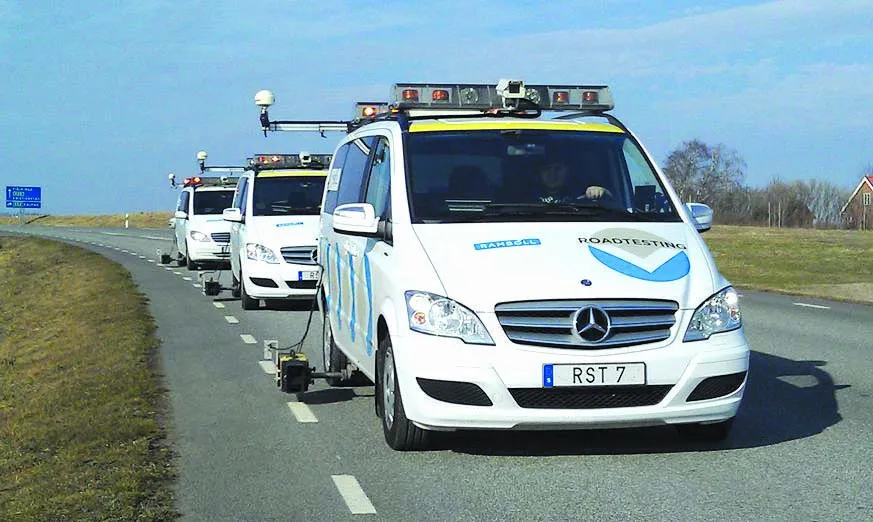A 23 year old man in Queensland, Australia has been fined for driving a beer cooler while under the influence of alcohol. The man bought the motorised cool box for A$600 and, having assembled it, was so proud of his handiwork that he could not resist taking it for a midnight test run to demonstrate its performance to his friends However, the man had been drinking during the assembly process and his progress was somewhat erratic. When police stopped the man on his somewhat unusual vehicle, he was breathteste
March 6, 2012
Read time: 2 mins

A 23 year old man in Queensland, Australia has been fined for driving a beer cooler while under the influence of alcohol. The man bought the motorised cool box for A$600 and, having assembled it, was so proud of his handiwork that he could not resist taking it for a midnight test run to demonstrate its performance to his friends.
However, the man had been drinking during the assembly process and his progress was somewhat erratic. When police stopped the man on his somewhat unusual vehicle, he was breathtested and the result showed his blood alcohol level to be three times the allowable limit. He was fined A$500 and had his driver's license suspended for a 10 month period. The motorised beer cooler can carry one person and up to 48 cans of beer, while its 50cc motor allows a top speed of 20km/h. The vehicle is best suited to use on private ground and not on public roads, a fact for which its owner is now only too well aware.
However, the man had been drinking during the assembly process and his progress was somewhat erratic. When police stopped the man on his somewhat unusual vehicle, he was breathtested and the result showed his blood alcohol level to be three times the allowable limit. He was fined A$500 and had his driver's license suspended for a 10 month period. The motorised beer cooler can carry one person and up to 48 cans of beer, while its 50cc motor allows a top speed of 20km/h. The vehicle is best suited to use on private ground and not on public roads, a fact for which its owner is now only too well aware.









